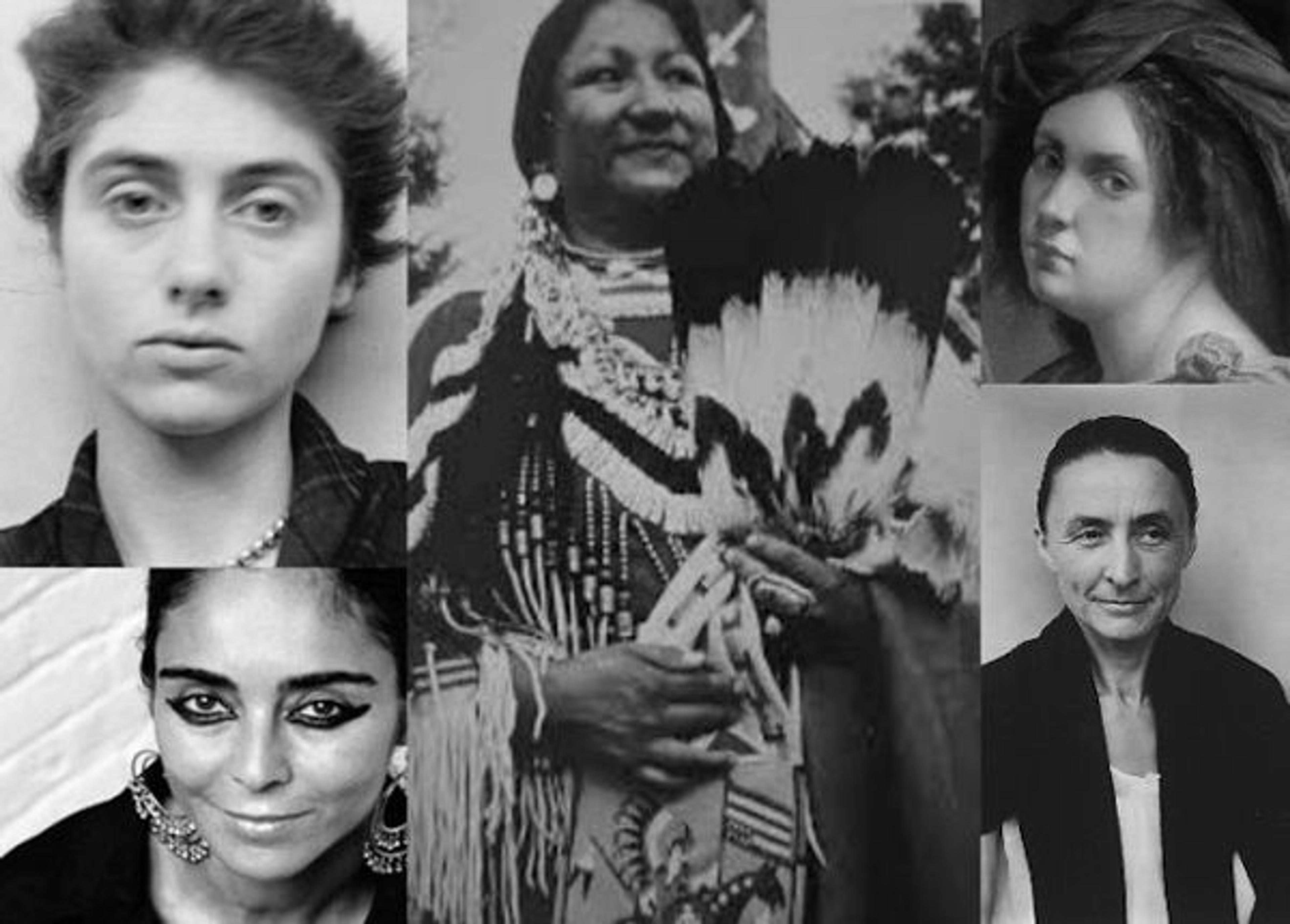
Artists featured in FEMET, clockwise from top left: Diane Arbus, Joyce Growing Thunder Fogarty, Artemisia Gentileschi, Georgia O'Keeffe, and Shirin Neshat. Image courtesy of the author
From Don Undeen, Senior Manager of MediaLab:
The MediaLab is a space within the Met where the Museum's collection and expertise can be a part of the conversation regarding contemporary technology. Sometimes our projects are extremely practical, like when we worked with Accessibility in the "Met + Parsons Museum Accessibility Collaboration Workshop" or analyzed visitor behavior on Flickr in "Picturing Met Museum through Visitors' Eyes," but the MediaLab also serves as a space to explore the ways our collection inspires young new-media artists like the artist, coder, entrepreneur, and feminist Joselyn McDonald.
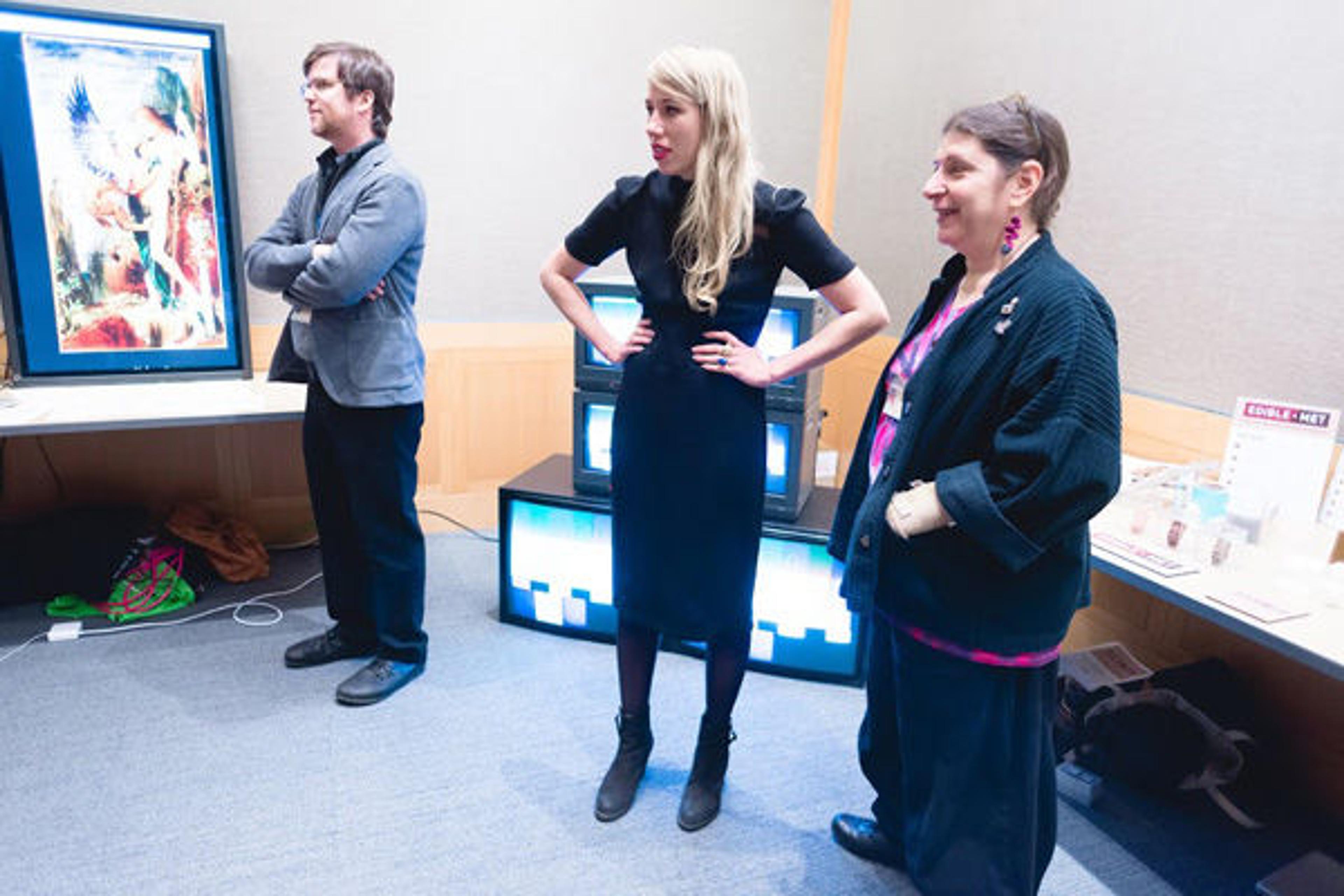
Joselyn McDonald and Senior Audio-Visual Specialist Robin Schwalb standing in front of FEMET. Robin Schwalb and Jessica Glass were instrumental in finding and networking the box televisions and VCR for the installation. Image courtesy of the author
«FEMET is a sound and video art installation that interprets and reflects on the lives of five esteemed women artists in the Met's collection, presented at the Fall 2014 MediaLab Expo held in the Ruth and Harold D. Uris Center for Education. This interactive installation invited its audience to watch an artist's meditations on the complicated lives of Diane Arbus, Georgia O'Keeffe, Artemisia Gentileschi, Shirin Neshat, and Joyce Growing Thunder Fogarty.»
Subject
I am an artist who uses a variety of mediums—including programming languages, digital music, film, photography, and technology—to examine social issues like gender and power. I joined the MediaLab in the fall of 2014 to create work inspired by the Met's collection. I was determined to learn more about women artists in the collection, and I had the fortune of getting to know curators that shared a similar passion. They pointed me to artists and provided references, and I sifted through documents and The Collection Online. As a result, I came up with a list of women artists who had made a significant historical impact but are largely unknown to the general public. I decided to make an interactive sound and video art installation dedicated to a small assortment of women whose work resonated deeply with me. After much consideration, I winnowed my list down to five artists.
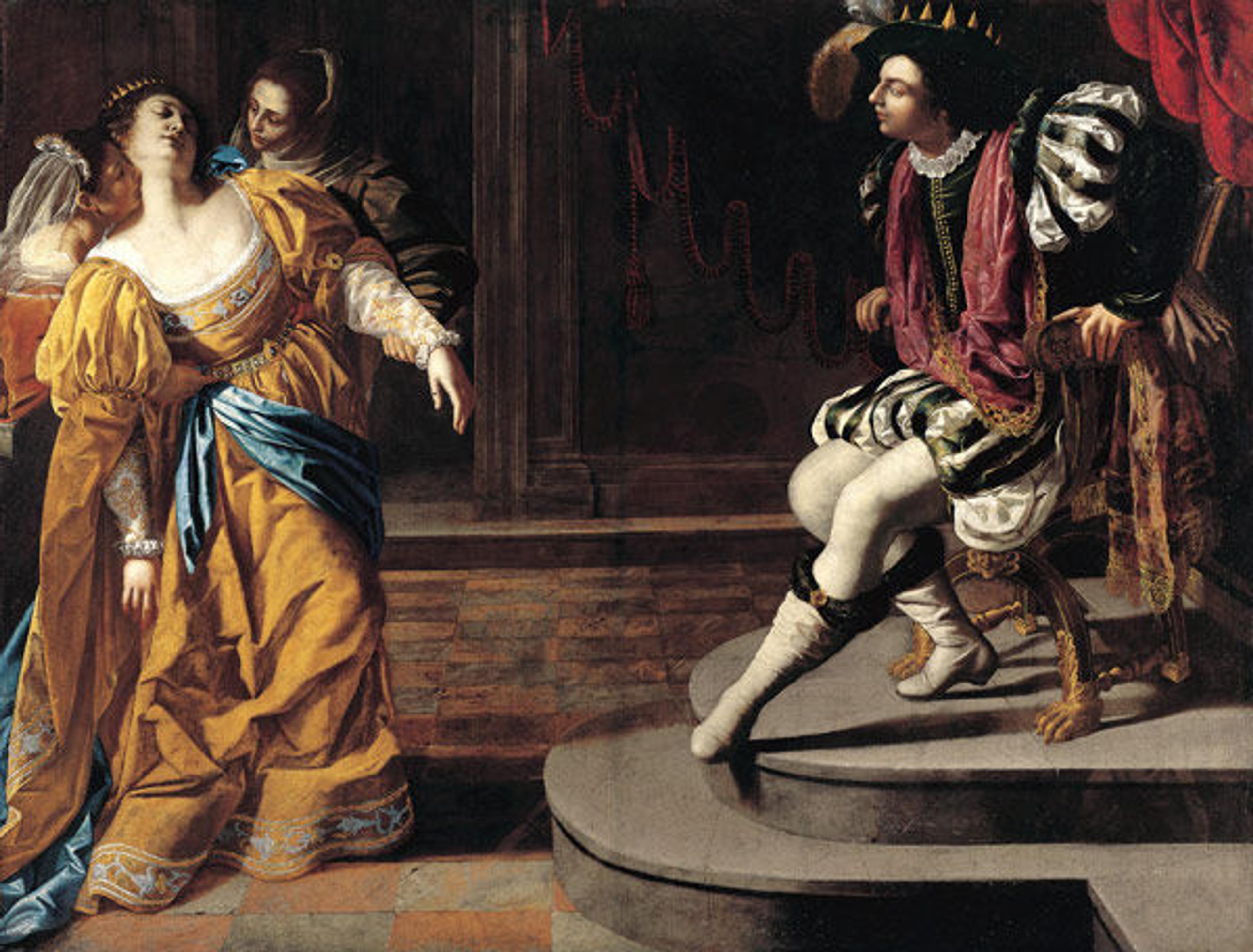
Artemisia Gentileschi (Italian, 1593–1651/53). Esther before Ahasuerus. Oil on canvas; 82 x 107 3/4 in. (208.3 x 273.7 cm). The Metropolitan Museum of Art, New York, Gift of Elinor Dorrance Ingersoll, 1969 (69.281)
I chose these artists as the principal subjects of FEMET for a myriad of reasons: Joyce Growing Thunder Fogarty is arguably the most talented living Assiniboine beadworker; Artemisia Gentileschi's Baroque paintings were so exquisite that, for hundreds of years, no one wanted to believe that a woman could have painted them; Georgia O'Keeffe's paintings of the Southwest encapsulate a haunting American identity in such a striking way that they stay with me for days after viewing; Diane Arbus photographed people neglected by society; and Shirin Neshat's work focuses on the experiences of women in Islamic society and resulted in her exile from her homeland of Iran, her family, and her people. These women are undoubtedly talented and accomplished artists, like many other women artists in the Met's collection, but I selected these women for the way their work makes me feel and how moved I was by each of their journeys through often unwelcoming spaces.
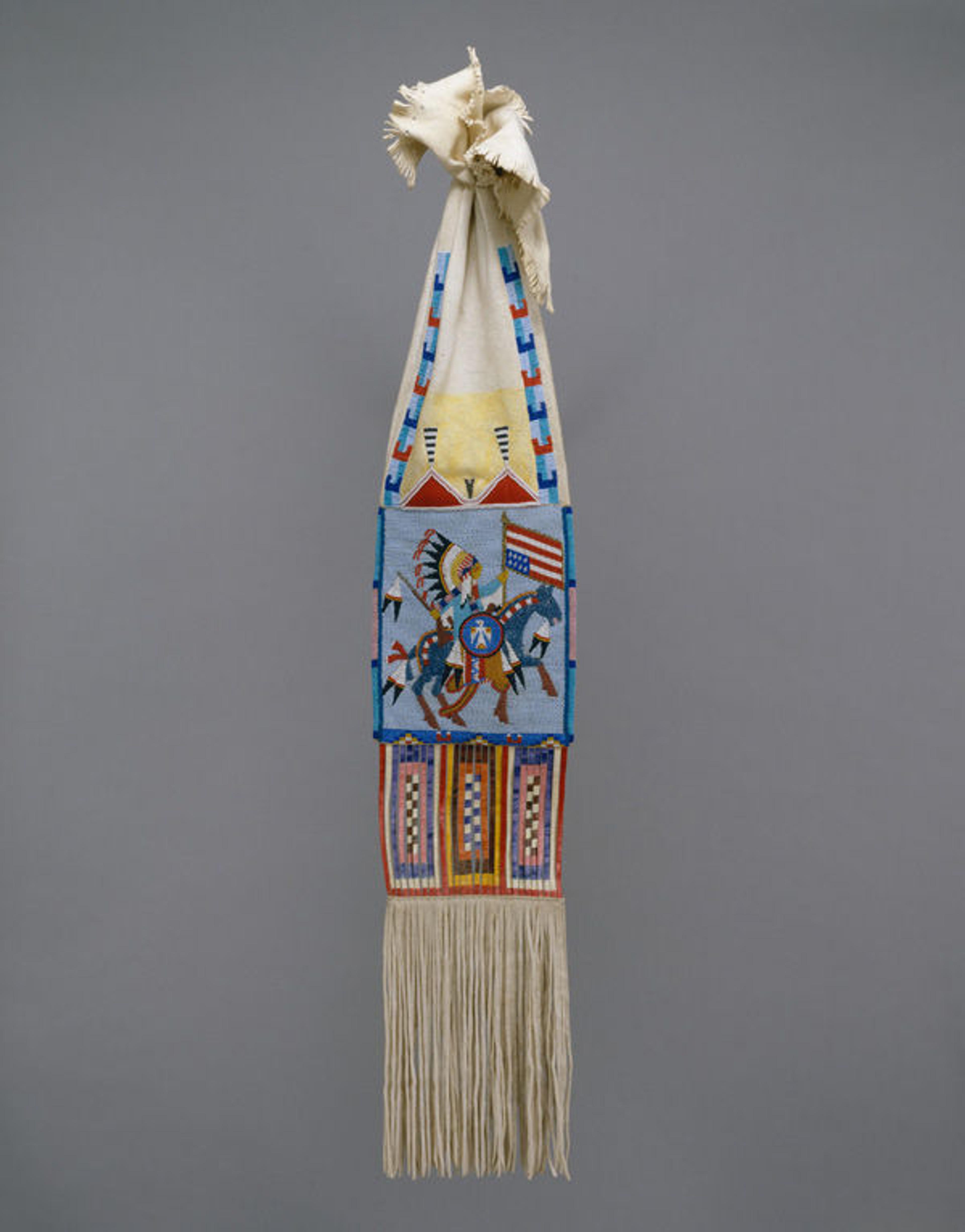
Joyce Growing Thunder Fogarty (Native American, born 1950). Tobacco bag, 1977. United States, Montana. Assiniboine or Sioux. Native-tanned deerskin, pigment, glass, quill, cloth; H. 40 x W. 8 in. (101.6 x 20.3 cm). The Metropolitan Museum of Art, New York, Ralph T. Coe Collection, Gift of Ralph T. Coe Foundation for the Arts, 2011 (2011.154.12)
I spent months speaking with curators, visiting the artists' work in the Museum, and looking for personal interviews, found footage, documentaries, and audio clips. I even had the privilege of speaking with Joyce Growing Thunder Fogarty and her daughter, Juanita, about their beadworking practice. FEMET represents my attempt to understand their difficult journeys by means of production.
Production
These woman artists have opened doors for women like me to practice and produce art with relative ease, and I chose to use sound, video, and code to pay homage to them. The final piece, FEMET, would come to incorporate box televisions, a VCR, video art, sound art, code, found footage, as well as preserved audio, video, and film content.
Artemisia Gentileschi FEMET composition. Video courtesy of the author
First I composed personalized soundtracks that were my interpretation of the artists' lives using samples of the women's voices, interview clips, and music from their respective eras, in addition to digital sounds I produced. These personalized soundtracks became the foundation for a series of audio-responsive programs I then wrote in Max/MSP, a visual programming language used by music and multimedia producers.

Sample of Max/MSP program created for FEMET. Image courtesy of the author
My audio-responsive programs analyzed the sounds of each personalized soundtrack and used isolated tone qualities to trigger changes in select video clips. Each artist was given their own Max/MSP program, so each final composition—both the audio and visual elements—was unique to each artist. For instance, I used the amplitude of Georgia O'Keeffe's soundtrack to trigger layering and rotation of frames from an interview with her so that when the amplitude increased, the number of images on the screen would increase as well. Finally, I recorded the compositions on VHS videotapes so that they could be played using a VCR connected to a routed network of box televisions.
Georgia O'Keeffe FEMET composition. Video courtesy of the author
Installation
Due to centuries of restricted access to education for women, very few pieces of art in the permanent collections of and on display at museums are made by women. Therefore, it was important to me honor the artists by making sure that the audience recognized that they were seeing work made by a woman artist.

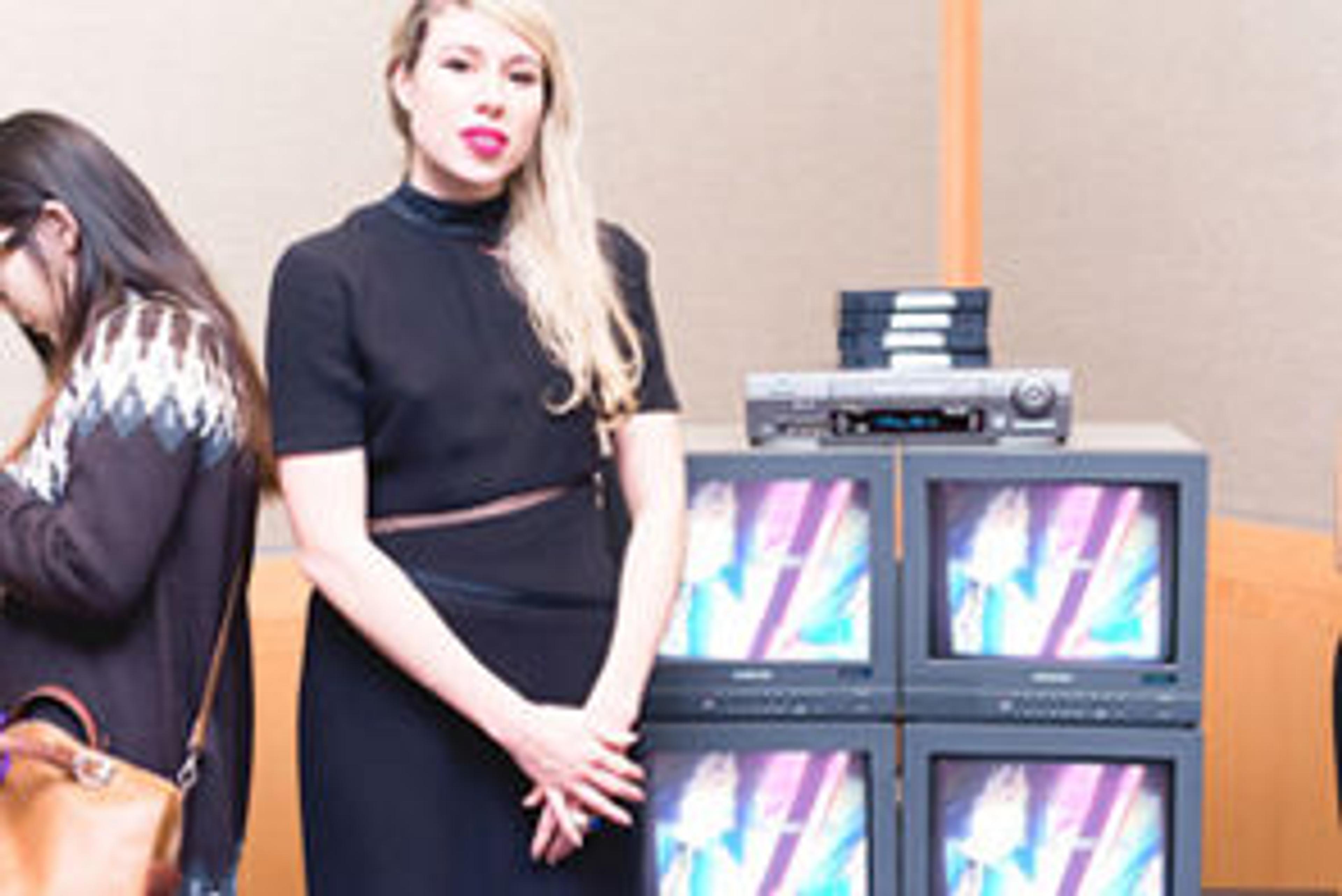
Left: Setup for FEMET required carefully networking box televisions through a distribution amplifier. Right: Joselyn with FEMET on display at the Met Media Lab Expo. Images courtesy of the author
In order to draw attention to the installation, I added SMPTE color bars (a television test pattern) and a one-second 1khz tone to the beginning of every composition. I wanted the audience to actively engage with FEMET, so I labelled the VHS videotapes with the respective artist's name in bold and invited them to select, play, and watch each composition on the routed network of box televisions, which then prompted a conversation about the artists' lives and legacies.
The arrangement of the televisions, VCR, and videotapes at the MediaLab Expo was designed to create a spectacle; I felt the sounds, voices, art, and footage of these revolutionary women deserved to be viewed this way.
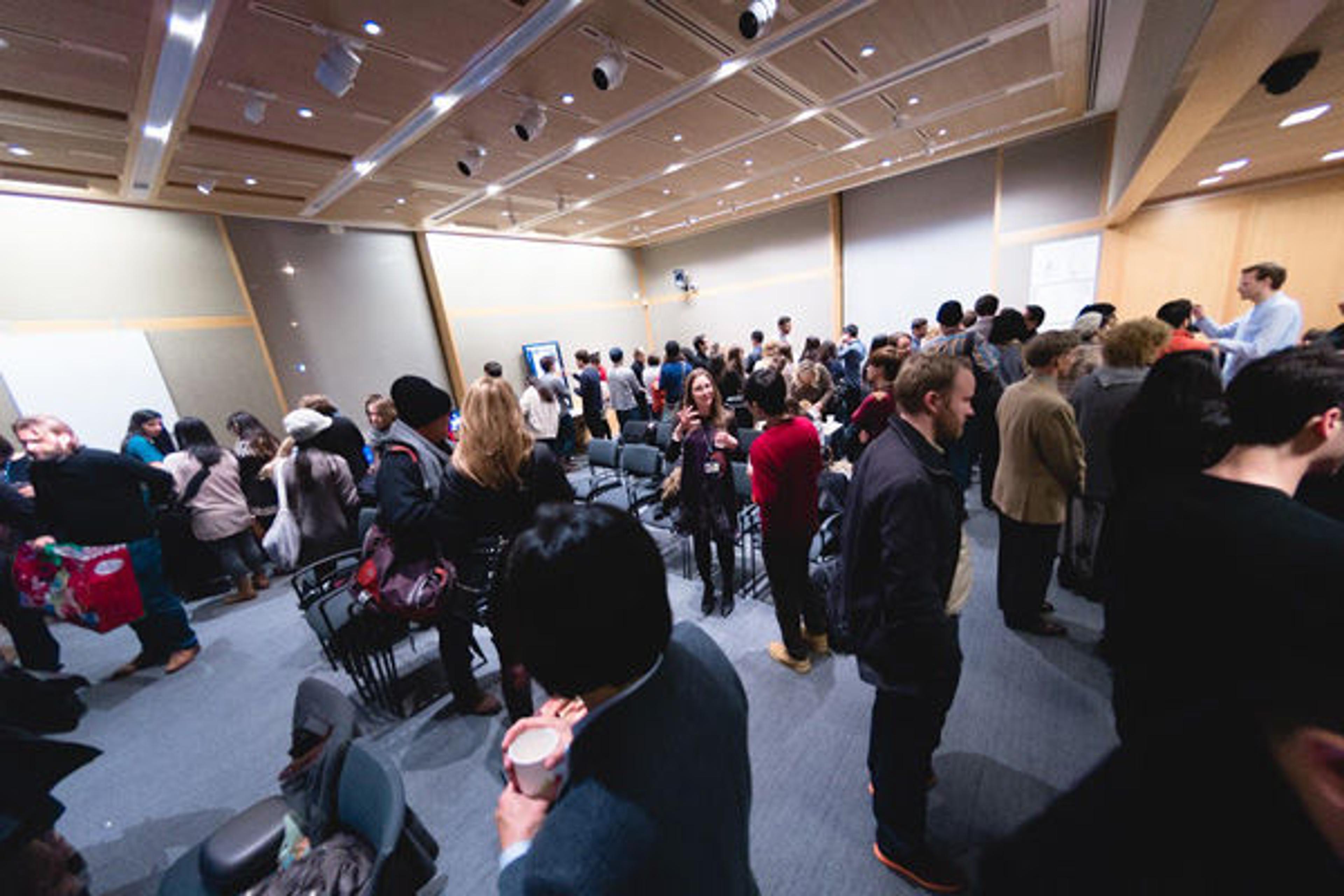
The Metropolitan Museum of Art's fall 2014 MediaLab Expo. Image courtesy of the author
To learn more about FEMET and to view the full collection of FEMET videos, see Joselyn's personal website.